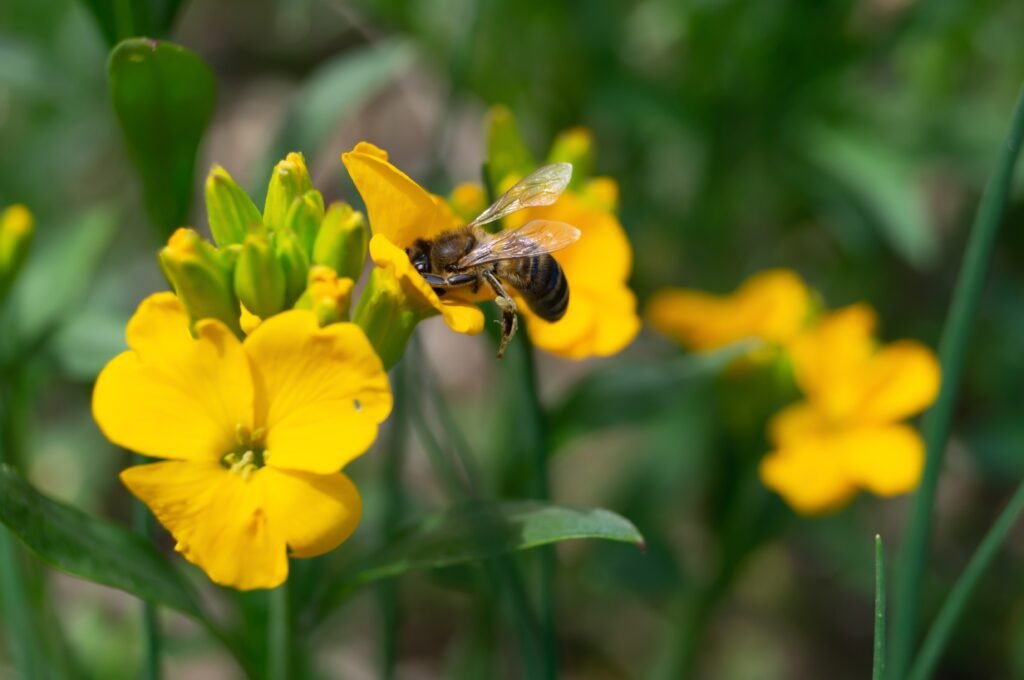<p>Spring has sprung, which means that it’s time to break out the gardening gloves and start digging in your yard again. Your favorite hobby is no longer hindered by the dreary winter weather. The snow has finally melted, the ground is thawing and plants are starting to grow. ;</p>



<p>Since you’re so excited about getting back into gardening, you might want to make some improvements to your backyard. These additions could make gardening that much better this year. ;</p>



<h2 class="wp-block-heading"><strong>Compost Pile</strong></h2>



<p>Do you have a compost pile in your backyard? No? Then, this spring is the time to change that. One of the best <a href="https://funky-stuff.com/heres-why-you-should-be-making-your-own-compost-for-your-garden/">reasons to start composting</a> is that you can use it for your gardening projects throughout the year. Your homemade, nutrient-rich fertilizer can help your garden beds, flower beds and grassy lawns flourish. ;</p>



<p>How can you start? First, find a clear space in your backyard. You can either let your compost sit there in a pile (this is called “heap composting”), or you can purchase a large compost bin to keep the soil contained. If you want to speed up the decomposition process, this space should have access to sunlight. You’ll also want it to be within reach of your gardening hose — you’ll have to keep the pile moist to help the contents break down. ;</p>



<p>Once you’ve found the right spot, you can start adding your compost materials. You will want a mixture of high-carbon materials and high-nitrogen materials. High-carbon materials are usually tough, fibrous and typically brown in color. High-nitrogen materials are usually kitchen scraps or green debris from your garden (for example, grass clippings). ;</p>



<h3 class="wp-block-heading"><strong>These are some examples of high-carbon materials:</strong></h3>



<ul class="wp-block-list">
<li>Sawdust</li>



<li>Dry leaves</li>



<li>Straw</li>



<li>Shredded paper</li>



<li>Pine needles</li>
</ul>



<h3 class="wp-block-heading"><strong>These are some examples of high-nitrogen materials:</strong></h3>



<ul class="wp-block-list">
<li>Coffee grounds</li>



<li>Fresh leaves</li>



<li>Grass clippings</li>



<li>Eggshells</li>



<li>Fruit peels</li>
</ul>



<p>Combine these and wait for them to decompose. Soon, you’ll wonder why you ever bought fertilizer from the store. ;</p>



<h2 class="wp-block-heading"><strong>Pollinator Lures</strong></h2>



<p>Without the help of pollinators, your fruit trees might not produce fruit, your vegetable patch might not yield vegetables and your garden might not flourish. So, you’ll want to draw in pollinators like bees, butterflies, hummingbirds and bats into your backyard. They’ll help all of that plant life thrive.</p>



<p>How can you do that? Build a bee hotel. Hang up hummingbird feeders and butterfly feeders. Put up a <a href="https://www.architecturaldigest.com/story/bat-house-diy-trend">bat house</a> (sometimes called a “bat box”). These will lure in pollinators and give them somewhere to nest close by.</p>



<p>You should also plant pollinator-friendly flowers in your garden to draw them in. These are some flowers you should consider:</p>



<ul class="wp-block-list">
<li>Aster</li>



<li>Bee balm</li>



<li>Butterfly weed</li>



<li>Coneflowers</li>



<li>Daisies</li>



<li>Peonies</li>



<li>Sunflowers</li>



<li>Yarrow</li>
</ul>



<h2 class="wp-block-heading"><strong>A Storage Unit</strong></h2>



<p>The shed in your backyard is too small and cramped to store your gardening essentials. You need something bigger. ;</p>



<p>In that case, you may want to get a shipping container and turn it into a personal storage unit. Find out <a href="https://boxhub.com/blog/choosing-the-right-shipping-container/">what size is a shipping container</a> to get a better idea of how much room you’ll have for storage. You’ll be able to fit your gardening tools, your lawncare equipment and even your patio furniture during the colder months — and you’ll still have room to spare. ;</p>



<p>A shipping container in good condition will be wind and watertight, which means it will keep your supplies safe from bad weather. You won’t have to worry about those supplies getting soaked in the spring rain and getting rusted. If you decide to add insulation to the interior walls, you can also keep your supplies safe from any extreme temperature fluctuations. The temperature will stay moderate and dry inside, even when the weather outside is unpleasant. ;</p>



<p>These additions will make gardening so much better this year. Get them in your backyard as soon as possible!</p>

Add These to Your Backyard This Spring

